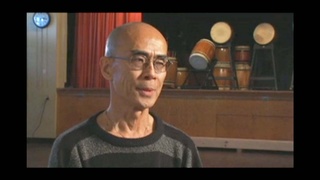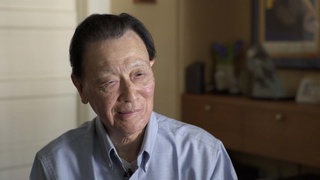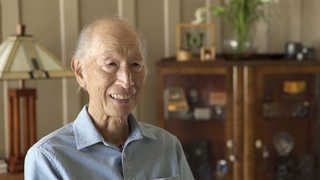Interviews
Dedicated to the frontier spirits
I’m not exactly thinking we are representing San Francisco. And Sokobayashi dedicated to Issei, Nisei people. But this is not only for Japanese Issei and Nisei. This is an immigrant country—come from all over. So we have integrated student—German, Russian, Israel, Philippine, Korea, China, South America. So the Sokobayashi is the frontier spirit—dedicated to the frontier spirits, not only Japanese Issei, Nisei. To me, Japanese Issei and Nisei. But to my Filipino student, their frontier spirit dedicated to. So not exactly are…we are representing San Francisco, San Franciscan. But when I go to different country, listen to “I left my heart in San Francisco” That really feels good. Then I feel, “Oh, I’m a San Franciscan.” But usually they defined I’m not thinking I’m a San Franciscan.
Date: January 27, 2005
Location: California, US
Interviewer: Art Hansen, Sojin Kim
Contributed by: Watase Media Arts Center, Japanese American National Museum.



